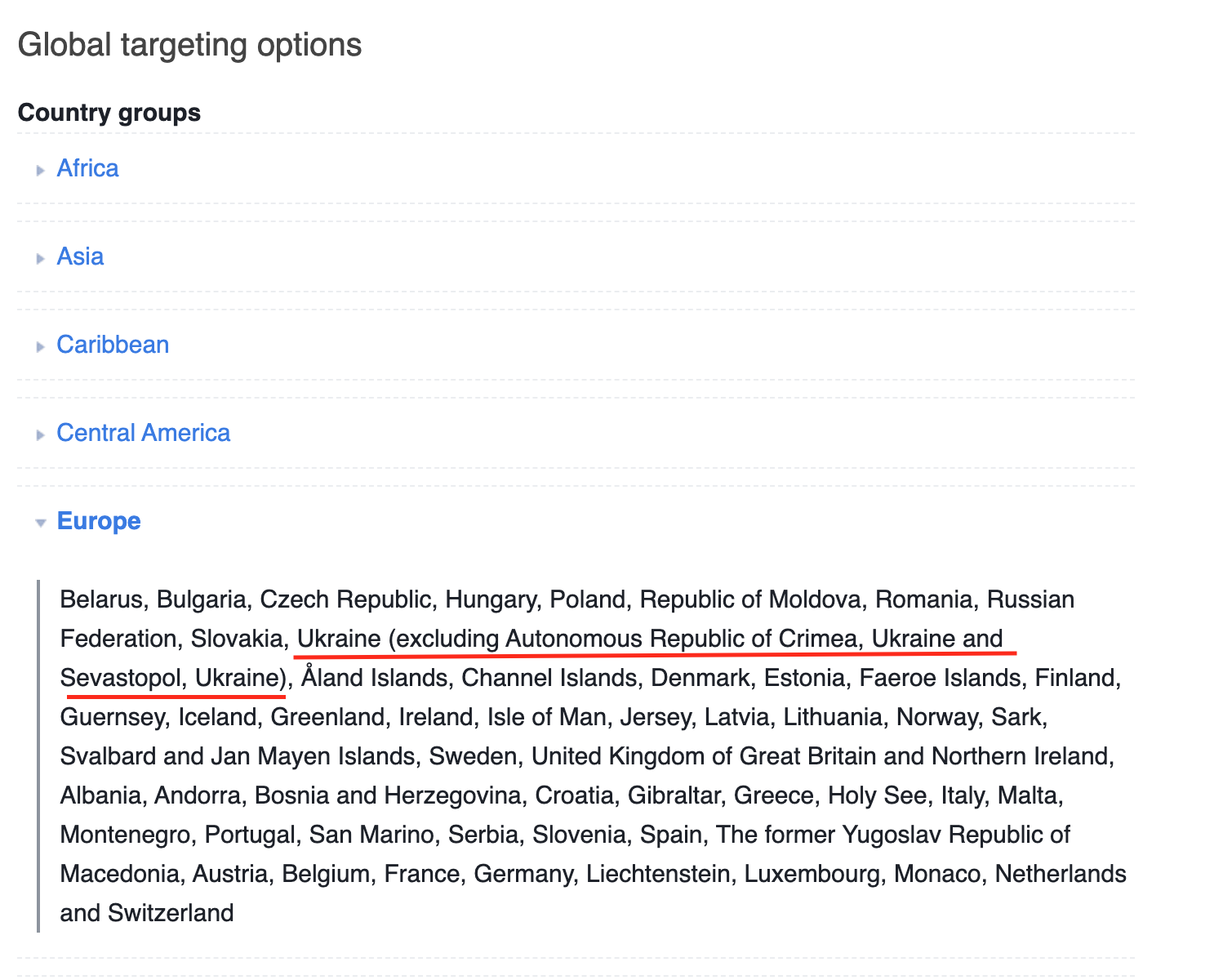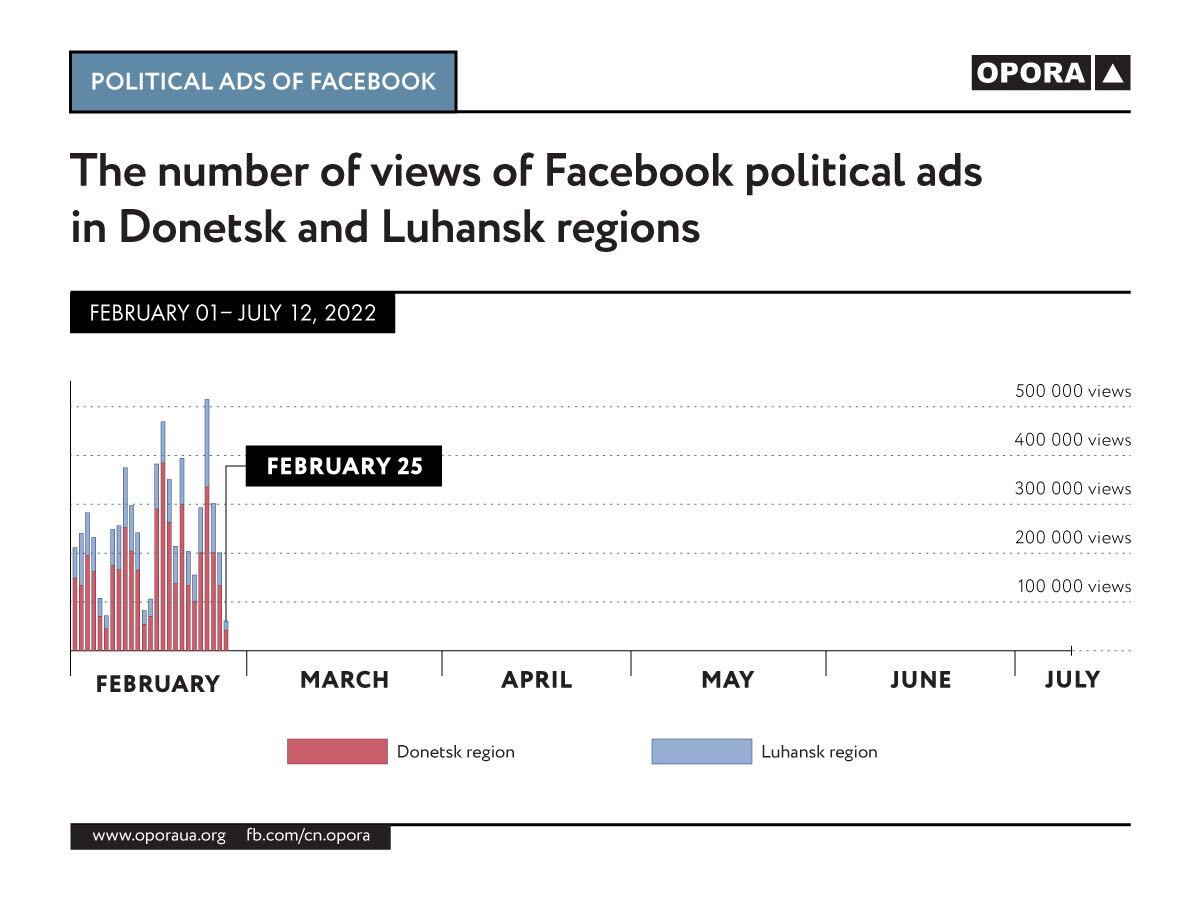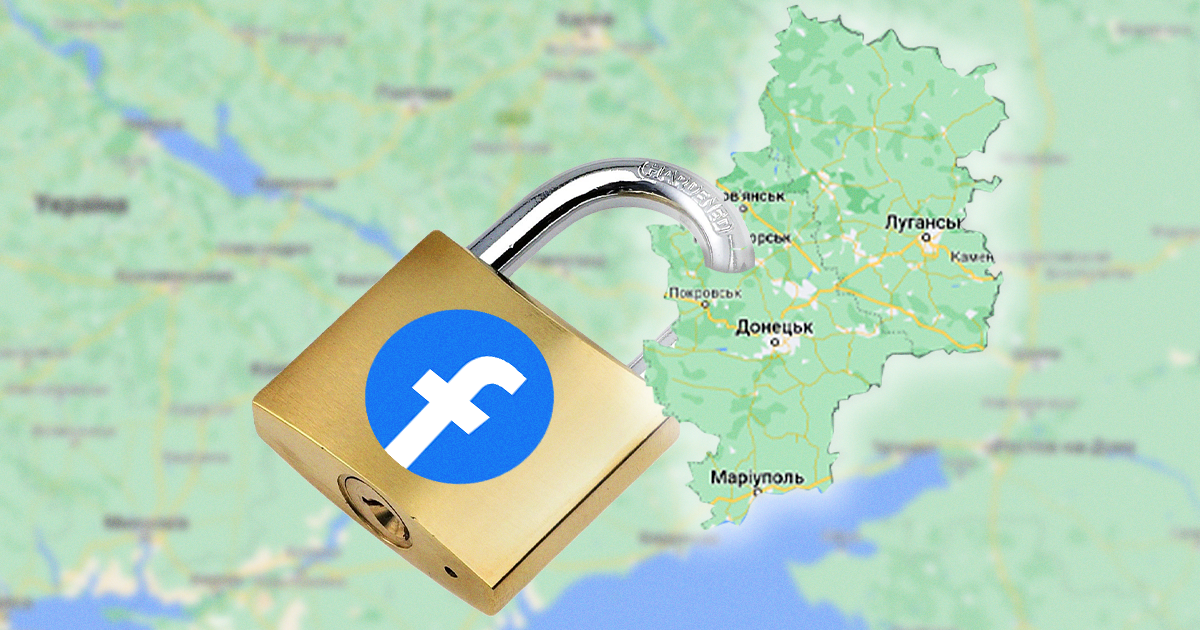The full-scale invasion by the russian federation on February, 24 posed new challenges for the authorities in their communication with society.
In the context of the flooding fake news and blocked media in the temporarily occupied territories, with the enemy's information and psychological special operations, Ukrainian society needed most accessible, understandable, and, most importantly, credible source of information. That is why social networks have become some of the main tools to promptly receive the news.
This is evidenced by OPORA's sociological survey. Thus, 76.6% of citizens after February, 24, have obtained information directly from social networks — Facebook, Instagram, Telegram. YouTube, Twitter, TikTok, and Viber. However, the performance of these technology companies in war settings is far from prefect. Their content moderation rules sometimes limit the free exchange of information and contribute to the spread of russian disinformation.
Since the beginning of the full-scale invasion, Meta (Facebook, Instagram, Messenger) has repeatedly changed its content publishing and moderation policies, which OPORA described in more detail in this article. However, we noticed another innovation that is not reflected in any of the company's policies or news. This change restricts the free distribution of information to Ukrainian users. However, to start with, we need to have the background.
Background
In 2019, shortly before the regular presidential election, Meta launched the Library of Political Ads in Ukraine. This resource half-opened the view on political digital communications. Together with the information about advertising expenses of politicians, Ukrainians got access to information about all advertising messages and targeting settings. Analysis of these data showed that Ukrainian political ads were not shown to users in the Autonomous Republic of Crimea. In particular, no city of the occupied Crimea could be found in the drop-down list or selected as a location on the map. If the user tried to do this, he received the following warning: "This location is not available for targeting."
The information pages of Facebook wrote about the exclusion of Ukrainian Crimea and Sevastopol city from global targeting.


New Bans
After February, 24, for the safety of users, Meta immediately hid the previously public information about customers of political advertising. But, as it turned out, these were not the only changes in the company's policy on advertising posts. Analysis of political advertising data showed that Ukrainian users from Donetsk and Luhansk regions stopped engaging with advertising after February, 25. The infographics below shows the number of views of political advertising by Facebook users from Donetsk and Luhansk oblasts from February, 1 to July, 12.

The same message appears when trying to target users from certain cities, such as Kramatorsk, Sloviansk, Lysychansk, Severodonetsk, etc. At the same time, before the full-scale russian invasion, the sharing of advertising posts in these regions was available (we wrote about this, for example, in this and this coverage).
Meta has never explained it in their official resources, neither did they justify the introduction of such a ban. Instead, targeting to the temporarily occupied territories of Zaporizhzhya and Kherson oblasts is still available. Taking this into account, we can assume that the prohibition of targeting throughout the Donetsk and Luhansk regions was caused by the events that preceded the full-scale russian invasion of Ukraine on February, 24. However, in this case, Meta's policy issues become even more important.
Epilogue
In the context of the information blockade, when the vast majority of conventional media in the temporarily occupied territories have forcibly ceased their broadcasting, and some of them are used by the occupiers to broadcast russian propaganda media, the Internet, in particular social networks, become by far the only platform for the dissemination of true news. Russia is aware of this and tries to limit access to these resources by blocking Viber, Instagram, Facebook, as well as Ukrainian news websites.
The task of Ukraine is to break this information blockade in order to protect the "hearts and minds" of the residents of the occupied territories. Advertising on social media is known to be one of the most effective means to do this. Instead, restrictions on the use of these tools in the context of an information blockade works in favour of the terrorist state.
